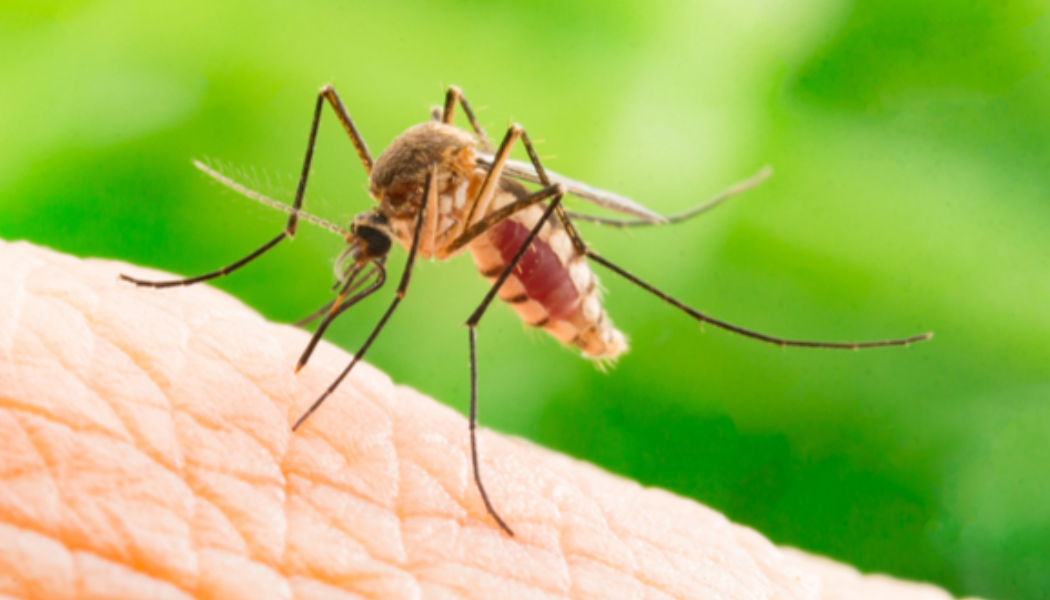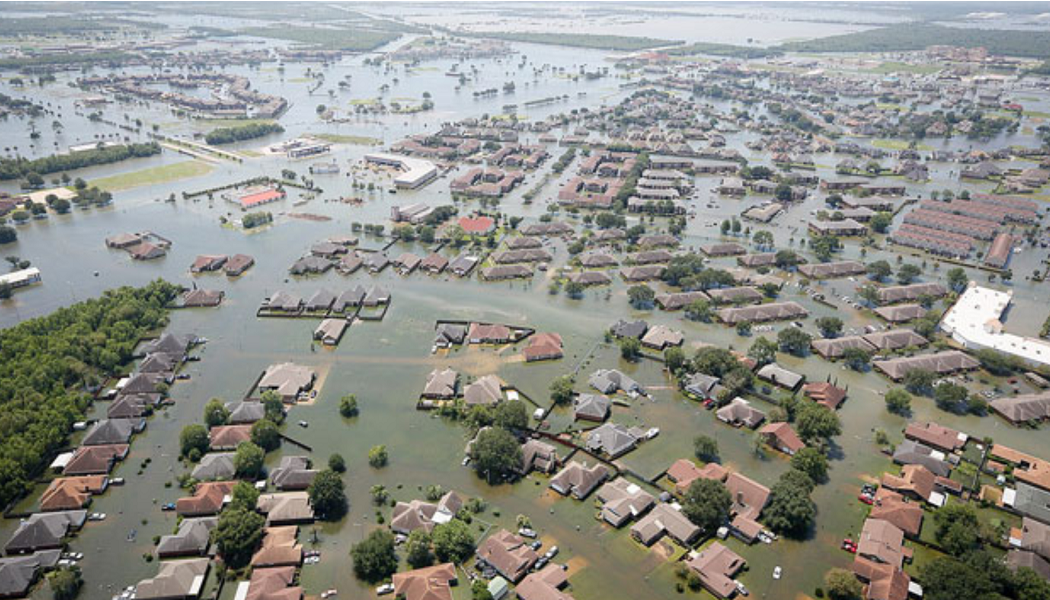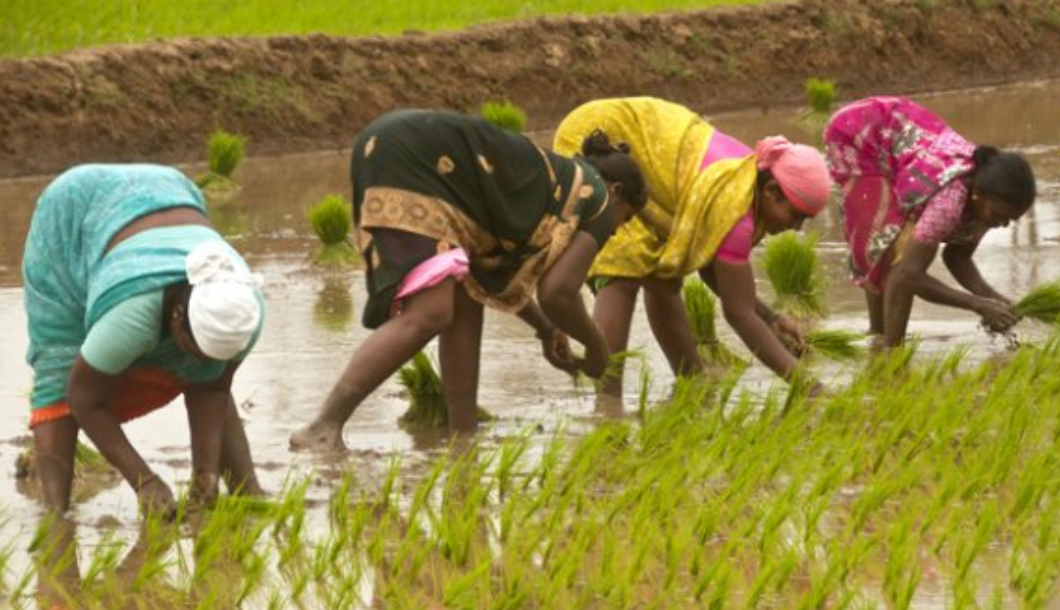| Big Data Analytics | |
|
Student learning outcomes: Students in this class are expected to learn the full process by which scientific ideas/questions are turned into scientific publications, including the generation, pruning and improvement of ideas, data collection and analysis, paper framing and writing, and scientific outreach in the form of a press release. Several initiatives are available that allow world renowned scientists to come together with good resources to tackle great research questions. Publications by these groups (e.g., NCEAs and SESYNC ), not surprisingly, have been groundbreaking and impactful, many of them have become citation classic papers. The standing question is how the rest of us humans can have a similar professional and scientific experience?. As a proof-of concept, I have created a yearly class with graduate students, other professors and international advisors, to come together and tackle large standing research questions. Our approach is to identify questions that are big and difficult to do by matter of the amount of work required. The trick is to design an approach in which data gathering can be broken into individual parts, and concatenated in a central database; a divide and conquer sort of approach. Entries are then curated, analyzed and the report written. With only two exceptions, projects start the first day of class and finished by click "Submit" to a journal the last day of class. Our average cost per paper has been about $60, but lots of work. Below are the papers from prior projects. . |
|
| The Disease Project | |

|
Main finding: Up to 59% of all known pathogenic diseases that have impacted humanity could be aggravated by climate change.
Publication: Mora C, McKenzie T, Gaw IM, Dean JM, von Hammerstein H, Knudson TA, Setter RO, Smith CZ, Webster KM, Patz JA, Franklin EC (2022) Over half of known human pathogenic diseases can be aggravated by climate change. Nature Climate Change 12, 869–875 (URL) (Data) |
| The Rainbow Project | |

|
Main finding: Climate change will increase the frequency of rainbows, but in places where few people live to enjoy them.
Publication: Carlson KM, Mora C, Xu J, Setter RO, Harangody M, Franklin EC, Kantar MB, Lucas M, Menzo ZM, Spirandelli D, Schanzenbach D. (2022) Global rainbow distribution under current and future climates. Global Environmental Change 77, 102604 (URL) |
| The Heatwave Project | |

|
Main finding: By 2100, 74% of the world's human population could be exposed to lethal heat conditions under a worse-case greenhouse gass emmision scenario, 48% under the best of cases.
Publication: Mora C, Dousset B, Caldwell IR, Powell FE, Geronimo RC, Bielecki CR, Counsell CW, Dietrich BS, Johnston ET, Louis L, Lucas MP, McKenzie MM, Shea AG, Tseng H, Giambelluca TW, Leon LR, Hawkins E, Trauernicht C (2017) Global risk of deadly heat. Nature Climate Change 7, 501-506 (URL) (PDF) (Data) |
|
The Impacts Project |
|

|
Main finding: By 2100, the world’s population will be exposed concurrently to the equivalent of the largest magnitude in one climatic hazard experinced in the recent past if emmisions are aggressively reduced, or three if they are not.
Publication: Mora C, Spirandelli D, Franklin EC, Lynham J, Kantar MB, Miles W, Smith CZ, Freel K, Moy J, Louis LV, Barba EW, Bettinger K, Frazier AG, Colburn JF, Hanasaki N, Hawkins E, Hirabayashi Y, Knorr W, Little CM, Emanuel K, Sheffield J, Patz JA, Hunter CL (2018) Broad threat to humanity from cumulative climate hazards intensified by greenhouse gas emissions. Nature Climate Change 8, 1062:1071 (URL) (PDF) (Hazards) (Impacts) (Individual hazard animations) |
|
The Timing of Climate Change |
|

|
Main finding: By 2047, plus or minus ten years in error, the Earth's average temperature would continously rise above any recorded temperature in the recent historical record, under bussiness-as-usual emmisions of greenhouse gasses.
Publication: Mora C, Frazier AG, Tong EJ, Longman RJ, Kaiser LR, Dacks RS, Walton MM, Fernandez-Silva I, Stender YO, Anderson JM, Sanchez JJ, Ambrosino CM, Giuseffi LM, Giambelluca TW (2013) The projected timing of climate departure from recent variability. Nature 502: 183-187. (URL) (PDF) (Faculty of 1000) |
|
The Lethal Heat Project |
|

|
Main finding: A review of the medical literature indicates that there are 27 different ways a heatwave can kill you.
Publication: Mora C, Counsell CW, Bielecki CR, Louis L (2017) Twenty-seven ways a heat wave can kill you: Deadly heat in the era of climate change. Circulation: Cardiovascular Quality and Outcomes 10, e004233 (URL) (PDF) |
|
The Bitcoin Project |
|

|
Main finding: Should Bitcoin be incorporated as a general currency, its use of electricity could alone produce enough CO2 emissions to push warming above 2 °C within less than three decades.
Publication: Mora C, Rollins RL, Taladay K, Kantar MB, Chock MK, Shimada M, Franklin EC (2018) Bitcoin emissions alone could push global warming above 2°C. Nature Climate Change 8, 931-933 (PDF) |
|
Climate suitability for agricultural food production |
|

|
Main finding: By 2100, under bussines-as-usual, tropical areas could lose up to 200 suitable plant growing days per year.
Publication: Mora C, Caldwell IR, Caldwell JM, Fisher MR, Genco BM, Running SW (2015) Disappearing suitable days for plant growth under projected climate change and potential human and biotic vulnerability. Plos Biology 13: e1002167. (URL) |